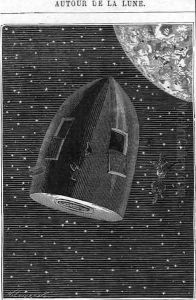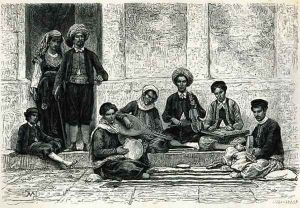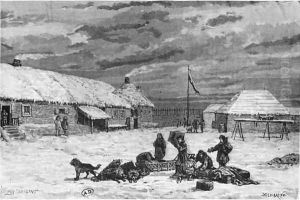Henri Theophile Hildibrand Paintings
Henri Théophile Hildibrand was a 19th-century French engraver, born in Paris in 1824. He was not as widely known as some of his contemporaries, but his work contributed to the popularization of art through prints and illustrated books during his time. Hildibrand's engravings were often reproductions of paintings by other artists, which was a common practice in the 19th century to disseminate works of art to a broader public.
Hildibrand trained at the École des Beaux-Arts in Paris, which was the foremost art school in France. His education there would have provided him with a solid foundation in the techniques of drawing and engraving. During his career, Hildibrand worked on illustrations for a number of books, including 'Voyage autour du monde' by Louis Antoine de Bougainville and 'L'Histoire de la Revolution Francaise' by Jules Michelet, showcasing his skill in translating the essence of paintings and other visual materials into detailed engravings.
The process of engraving involves incising a design onto a hard, usually flat surface, by cutting grooves into it. Engravers like Hildibrand would use a burin, a steel tool with a sharp point, to cut the lines into the metal plate, typically made of copper. The plate could then be inked, and the image transferred onto paper under pressure, allowing for multiple copies to be made. This process made Hildibrand's works and the works of artists he reproduced accessible to those who could not afford original paintings or travel to museums.
Hildibrand's contributions to art were part of the larger 19th-century movement in France that saw the rise of printmaking as an important mode of artistic expression and dissemination. While Hildibrand may not be as celebrated as some of his peers like Gustave Doré or other engravers of the time, his technical skill and the role he played in the art world of his era make him a figure of note for those studying the history of printmaking and illustration.
Henri Théophile Hildibrand passed away in 1897, leaving behind a legacy of work that reflects the 19th-century French tradition of engraving and the cultural milieu in which he was active. His engravings remain as a testament to the skill and dedication of artists who worked to bring the visual culture of their time to a wider audience.


